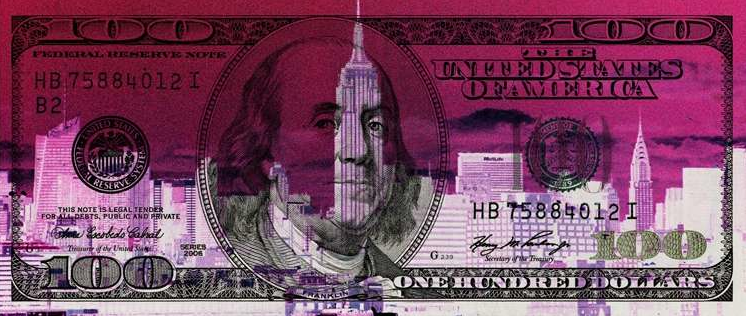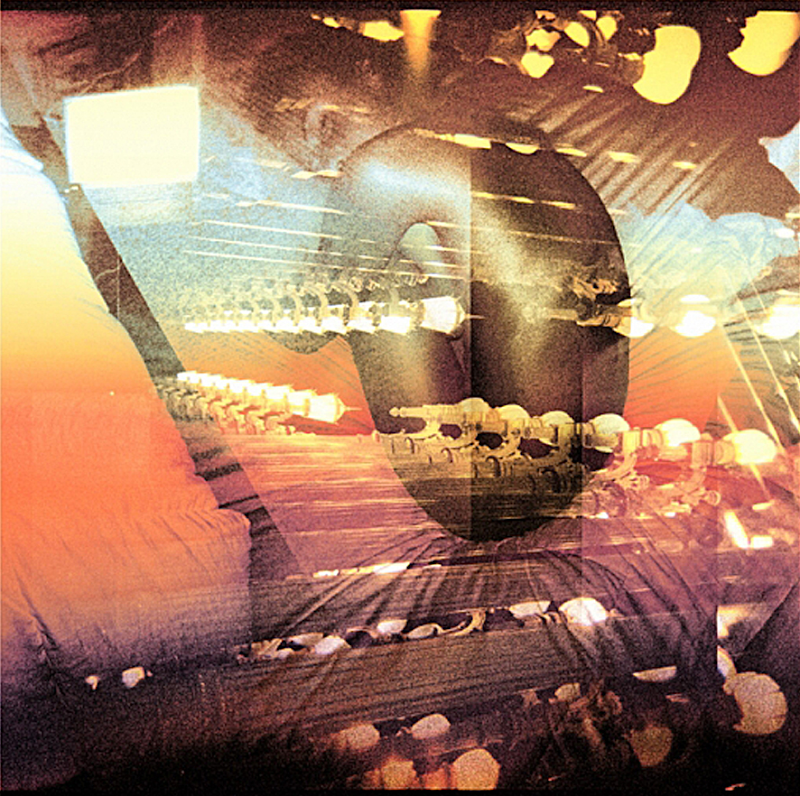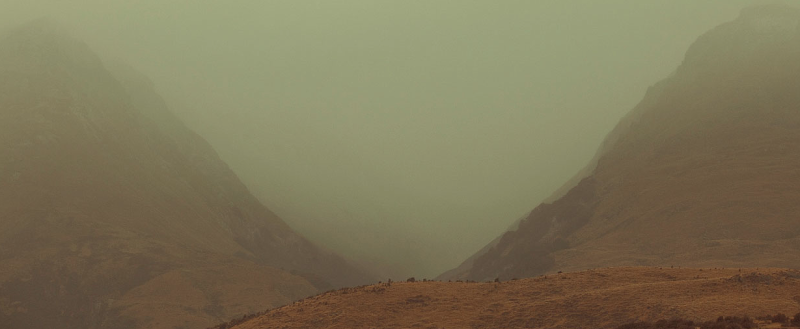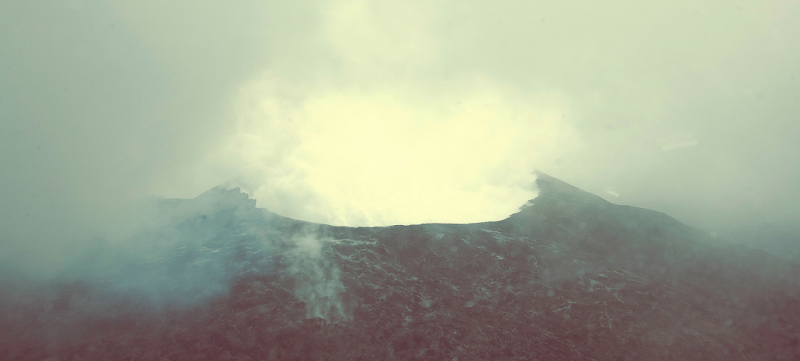DAVID MAISEL /// HISTORY'S SHADOW
"History’s Shadow comprises my series of re-photographed x-rays of art objects from antiquity. I have culled these x-rays from museum archives, which utilize them for conservation purposes. Through the x-ray process, the artworks of origin become de-familiarized and de-contextualized, yet acutely alive and renewed.
My work as a visual artist concerns the dual processes of memory and excavation, and History’s Shadow provides for the continuation and expansion of these intertwined themes. During a residency at the Getty Research Institute in 2007, I began to explore the idea of images that were created in the processes of art preservation, where the realms of art and scientific research overlap each other.
While photographing the Getty Museum’s conservation departments, I became captivated by x-rays of art objects from the museum’s permanent collections. The ghostly images of these x-rays seem to surpass the power of the original objects of art. These spectral renderings seemed like transmissions from the distant past, conveying messages across time.
The x-ray serves as a means to explore mythological themes expressed through ancient objects.
The shadow-worlds they occupy are informed by the black space surrounding the images, which in some instances becomes a vast nether world, and in others becomes the velvety ground of some kind of brain scan/portrait. The project’s title of History’s Shadow refers both to the literal images that the x-rays create as they are re-photographed, and to the metaphorical content formed by the past from which these objects derive.
All of the x-rays I have photographed were elements of previously existing archives made for the distinct purpose of art conservation. It was the process of culling through many thousands of them, of uncovering and bringing selected x-rays to light, which gave them their charge. To re-photograph these records, each was laid on a light box in a darkened room; the emanations of light were transmitted by long exposures onto color film. Rendering three dimensions into two is at the heart of the photographic process. With the x-ray, this sense is compounded, since it maps both the inner and outer surfaces of its subject. The mysterious images that result seem to encompass both an inner and an outer world, as the two-dimensional photograph brings us into a realm of indeterminate space, depth, and scale.
I view these x-rays as expressions of the artists and artisans who created the original objects, however many centuries ago; as vestiges and indicators of the societies that produced these works; and as communications from the past, expressing immutable qualities that somehow remain constant over time. What do these works of art from past cultures have to teach us about our current point in human history, or about our relationship to the past, largely formed through archaeology and transmission of cultural objects across national borders? The x-ray provides a filter and a means (much as perception itself is both filter and means) to read the intrinsic properties of these works, the trace elements with which these objects are imbued. They encourage an understanding- made through feeling and art, as well as science and reason- that both spans and collapses time.
As with all photographs, these images are fragments; the x-ray, which in History’s Shadow seems to slice through both material and time itself, furthers that connotation. The x-ray has historically been used for the structural examination of art and artifacts much as physicians examine bones and internal organs; it reveals losses, replacements, methods of construction, and internal trauma that may not be visible to the naked eye. The prints of these x-rays are thus encrypted codes for the viewer to decipher.
They make the invisible visible, and express through photographic means the shape-shifting nature of time itself, and the continuous presence of the past contained within us.
The images in History’s Shadow derive (thus far) from the collections of the Getty Museum and the Asian Art Museum of San Francisco. I am indebted to these remarkable institutions for their gracious permission to engage with their x-ray archives. This project is made possible due to their respect and their trust in my exploration and visual research." (
DAVID MAISEL)
☁ DAVID MAISEL


















































